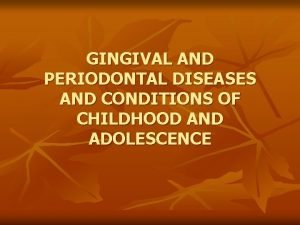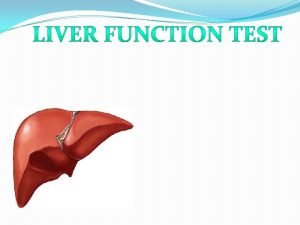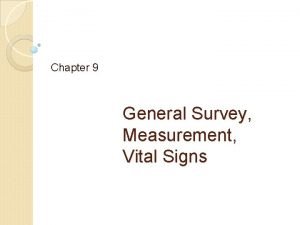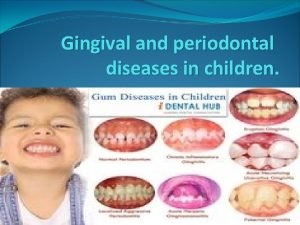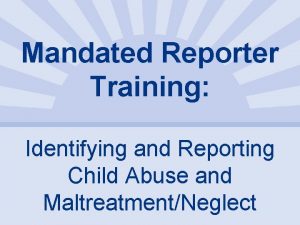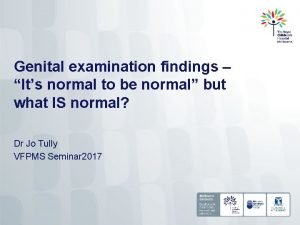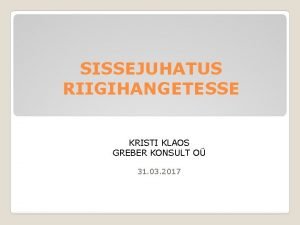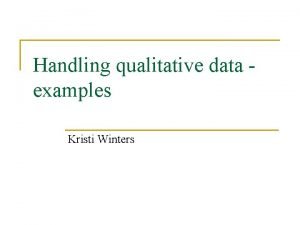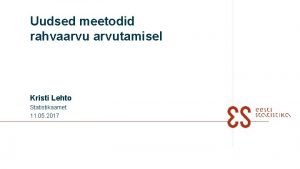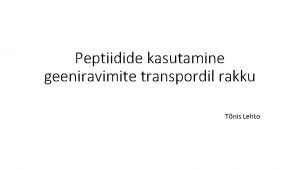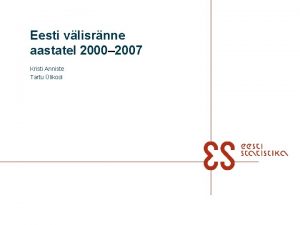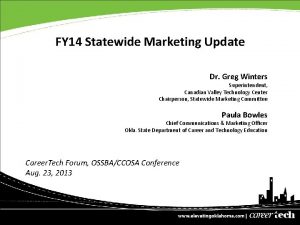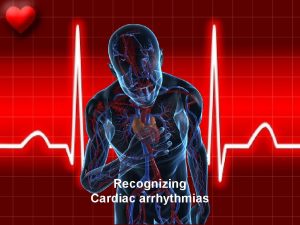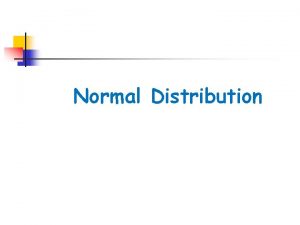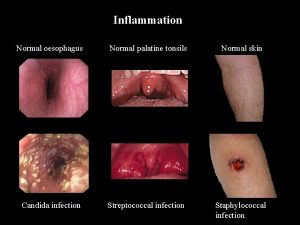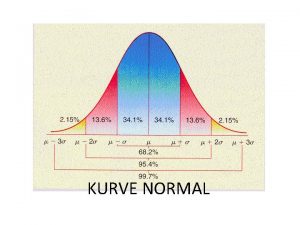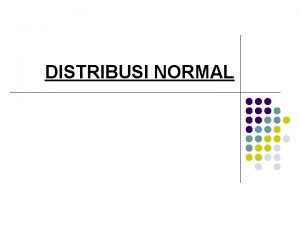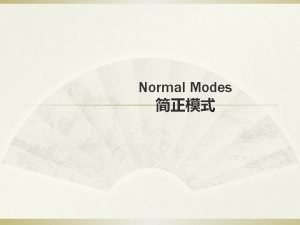What is normal in my child Kristi Kleinschmit




















- Slides: 20

What is “normal” in my child? Kristi Kleinschmit, MD Pediatrician and Child/Adolescent Psychiatrist Assistant Professor, Division of Child Psychiatry Medical Director, Kidstar and Teenscope Day Treatment Programs January 4, 2017

Objectives • Review a few developmental theories • They really aren’t small adults! • Discuss anxiety, depression in kids • Q&A

Preschool Development • Age 3 -6 • “Band-aid phase” – fear of bodily injury • Curiosity about bodily functions • Cooperative play – taking turns, sharing toys • Imaginary friends • Fears are normal- dark, clowns

Erikson – Initiative vs. Guilt • Events: exploration and play • Goal: to assert control over the environment • Success leads to sense of purpose • If try to assert too much power and experience disapproval sense of guilt

Piaget - Preoperations • Learning to create mental symbols for things in the world • Trouble differentiating fantasy from reality • Egocentrism • Child on the phone talking to you like you see everything they do • Phenomenalistic Causality • I yelled at mom, she fell and broke her arm, I broke mom’s arm • Animistic Thinking • Pet rocks

Preschool Milestones Age Motor Social Verbal/Cognitive 4 Simple drawing of person Buttons and zippers Comb hair, brush teeth Hop on one foot Concern about illness and injury Curiosity about sex and body Nightmares and phobias Imaginary friends Copies cross 5 Detailed person Skipping Cooperative play Copies square Seek affection of opposite-sex parent 6 Ties shoes Rides bicycle Moral values Finality of death Reading Print letters Copies triangle

School-Age Development • Age 7 -11 • Development of more complex motor skills • Same-sex friendships • Form relationships with adults who are not caregivers (coaches, teachers) • Hobbies • Team sports • Begin to separate emotionally from family • Family functioning is strongest factor for behavioral and learning problems

Erikson – Industry vs. Inferiority • Events: School • Goal: cope with social and academic demands • Success leads to sense of confidence and competence • Failure leads to feelings of inferiority to others (can lead to depression, anxiety)

Piaget – Concrete Operations • Logic to a fault • Rule-oriented • Inductive Reasoning • My grandpa is bald, so all grandpas must be bald • Conservation • Reversibility • Struggle with perspective-taking! • Https: //youtu. be/TRF 27 F 2 bn-A



Clinically Normal versus Abnormal • Think about functioning • Think about developmental level • Think about distress • Think about temperament (innate, stable, biological traits) • “Easy children” – 40%; adaptable, positive mood, regular bodily functions, low intensity, positive to new situations • “Difficult children” – 10%; negative mood, irregular biorhythms, high intensity, slow to adapt, withdraw to new situations • “Slow-to-warm-up-children” – 15%; negative response to new situations, mildly intense reactivity, gradual adaptation after repeated contact • 15% of kids have some behavioral problem that causes impairment

Things that are normal at one phase can be abnormal if persist: • Separation anxiety: • Normal for toddlers • Can lead to School Avoidance • 5% of elementary kids, 2 % of adolescents • Selective mutism • Normal for toddlers • School and social success based upon ability to talk around others • Worries about kidnapping, monsters can interfere with sleep in preschoolers, gets more “pathologic” in older kids • Oppositionality: Normal to a degree throughout childhood, but most kids tone it down, know when to push limits and when to accept

Anxiety in children • Often more physical symptoms- stomachaches, headaches • Avoidance • Clinging behavior, frequent verbal checking • Meltdowns over minor changes, missed expectations

Taken From Child Mind Institute

Depression • Children with depression often irritable, withdrawn, decreased interest in things, sometimes not actually sad • Remember self-concept comes from comparisons, concrete physical assessments, achievements, so helping to identify strengths and reframe can be helpful. • Children typically like to do things socially-I start to worry when they don’t.

Attention • Frontal lobe development over time • Think preschoolers playing soccer • Recent study saying youngest in class more likely to get ADHD diagnosis • Can be normal to be hyper, fidgety, more indicative of temperment • Look at functional impairment in different areas

What to do if you’re worried: • Use the school as a resource • Talk to your pediatrician/primary care clinician • Explore therapy options • Get evaluation by therapist; Specific degree (LCSW, Ph. D) not as important, just find someone who has expertise in children • Family should always be part of therapy • Seek psychiatric consultation if other resources are concerned • Hardest to get into see psychiatry, so would start with other resources first

Therapy with Kids: There’s an App for that • Breathe Think Do – Sesame Street • Breathing Bubbles • Kids Feeling • 3 D brain • Settle Your Glitter • What’s Your Lava Level

Some resources for parents: • www. childmind. org • www. Kidshealth. org • www. uacap. org • www. healthychildren. org • www. medicalhomeportal. org
 Kristi kleinschmit
Kristi kleinschmit Left child right sibling
Left child right sibling Anug tedavisi
Anug tedavisi Alkaline phosphatase level in children
Alkaline phosphatase level in children Normal pediatric vitals by age
Normal pediatric vitals by age Lamina dura radiografi
Lamina dura radiografi Normal bruising areas on a child
Normal bruising areas on a child It's normal to be normal
It's normal to be normal Kristi klaos
Kristi klaos Future simple key words
Future simple key words Kristi clemens dartmouth
Kristi clemens dartmouth Kristi winters
Kristi winters Kristi simmons
Kristi simmons Kristi raias
Kristi raias Kelli lehto
Kelli lehto Present simple presentation
Present simple presentation Tõnis lehto
Tõnis lehto Dr kristy fleming
Dr kristy fleming Kristi clemens
Kristi clemens Kristi anniste
Kristi anniste Dr dennis winters
Dr dennis winters


